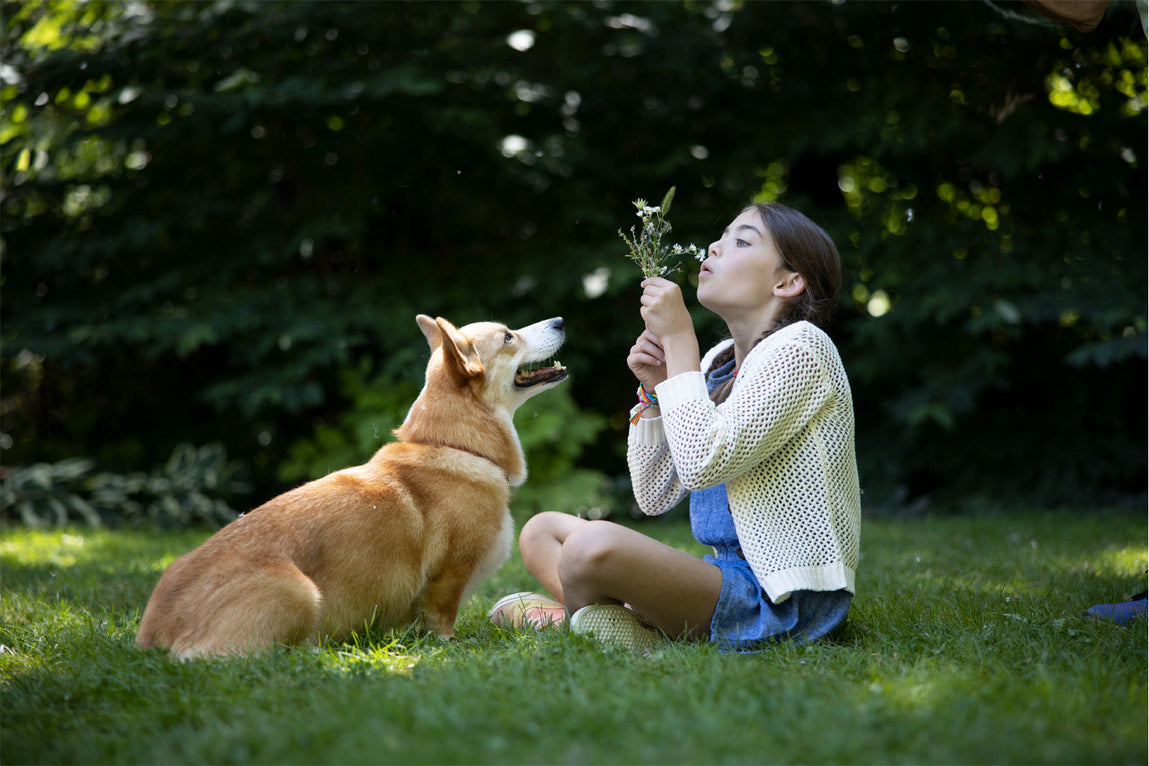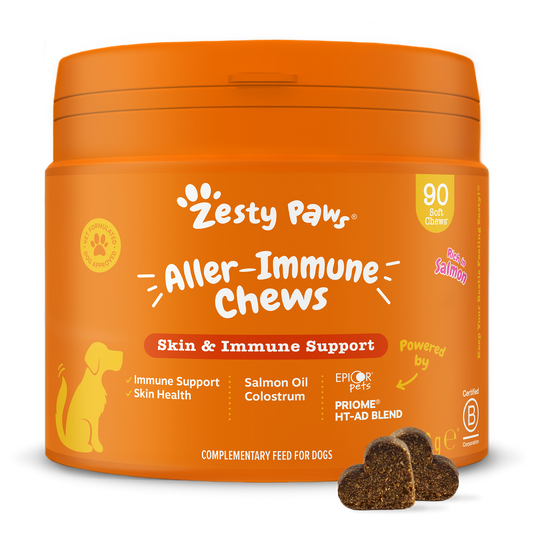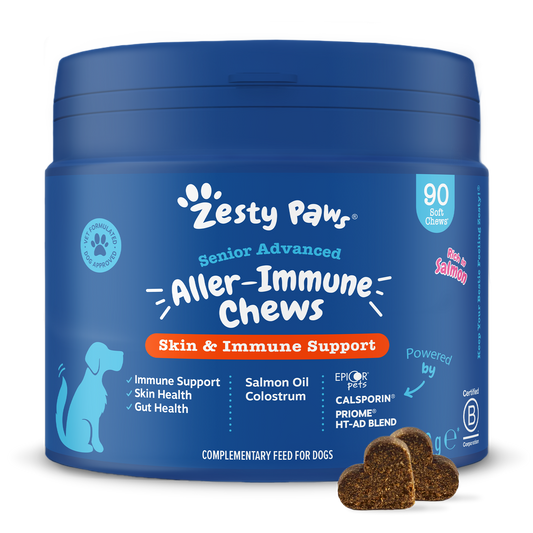Whether relaxing in the sun, playing with their favourite toys, or exploring the natural world, your garden can be a haven for you and your pets. Creating a garden that’s both beautiful and pet-friendly takes a little planning, so this guide is here to help you choose safe plants, design a pet-friendly garden, and ensure that your outdoor space is a “pawsitively” perfect paradise for both cats and dogs.
Why Create a Pet-Friendly Garden?
Your garden is more than just a pretty space—it’s an extension of your home, and a place where your pets can roam, play and relax. But it’s important to ensure that everything in your garden is safe for your furry companions. Some common garden plants and chemicals can be unpleasant and even toxic to cats and dogs, and with so many plants and garden products available, it can be hard to know where to start.
By choosing the right plants and designing a garden with your pets in mind, you can create a space that’s not only safe but also stimulating and enjoyable for your pets.
Pet-Safe Plants and Flowers
When selecting plants for your garden, it’s crucial to choose ones that are safe for your pets. Some plants that are commonly found in gardens can be toxic to cats and dogs, so it’s important to know which ones to avoid and which ones are safe.
Safe Plants for Cats and Dogs
Here are some beautiful and safe options to consider for your garden:
- Marigolds: These bright, cheerful flowers are safe for both cats and dogs and can add a vibrant splash of colour to your garden.
- Sunflowers: Tall and striking, sunflowers are non-toxic and can provide a fun, interactive element for your pets.
- Rosemary: This fragrant herb is great for cooking and safe for your pets to nibble on if they’re feeling curious.
- Snapdragons: With their colourful blooms, snapdragons are a safe and attractive choice for any pet-friendly garden.
Plants to Avoid
We’ve seen some of the safe plants to choose from. Now here are some that should be avoided if we want to keep our pets safe:
- Lily of the Valley: While it looks lovely, this plant is highly poisonous to both cats and dogs, so it's best to keep it out of your garden.
- Foxglove: Known for its tall spikes of bell-shaped flowers, foxglove is extremely dangerous and could be deadly if ingested.
- Azaleas: These colourful shrubs can cause severe health issues in pets if eaten.
- Daffodils: Though they’re a spring favourite, daffodils are harmful to pets, especially the bulbs, and should be handled with caution.
If you’re not sure about a particular plant, it’s always best to do a bit of research or check with your vet to make sure it’s safe for your pets.

Designing a Pet-Friendly Garden
Beyond choosing the right plants, designing a garden that caters to your pet’s needs can make it a truly special space. Here are some extra tips for creating a garden that’s not only safe but also fun and engaging for your pets.
Space to Roam and Play
Cats and dogs love to explore, and your garden should offer plenty of space for them to run around. For dogs, ensure there’s lots of open space where they can run and play fetch. If your garden is large enough, consider creating different zones where your dog can engage in different activities, like a play area, a rest area and a shady spot.
For cats, adding vertical elements like trees, shrubs or cat-safe climbing structures can create exciting opportunities for climbing and exploring. Cats love to perch up high and observe their surroundings, so providing safe, elevated spots will keep them entertained.
Shaded Areas
Just like us, our pets need to escape the sun’s rays from time to time. Ensure that the garden has shaded areas where your pets can cool off on warm days. This can be achieved with trees, shrubs, a pet-friendly garden umbrella or, for those who love a spot of DIY, a custom-made pergola!
Safe Boundaries
Secure the perimeter with pet-friendly fencing to keep your pets safe within the garden. Check that there are no gaps where they could escape, and ensure the fence is high enough to prevent adventurous jumpers from getting out… easier said than done!
Water Features
If your dog loves water, consider adding a pet-safe water feature to your garden. A shallow pond, water fountain, or even a simple kiddie pool can provide hours of entertainment. Ensure the water is clean, fresh, and easily accessible for your pet.
For cats, a gentle water feature might pique their curiosity without overwhelming them, offering a refreshing drink or a place to dip their paws.
Sensory Experiences
Enrich your garden with sensory experiences that your pets will love. For dogs, create different textures with grass, sand, and gravel paths just be sure your dog doesn't see these as a snacking opportunity. For cats, plant some catnip or cat grass to give them a special treat they can munch on.
Safe Paths
Create clear, safe paths in your garden so your pets can wander around easily. Keep these paths free from sharp objects or rough surfaces that could hurt their paws.
Pet-Safe Maintenance
When it comes to maintaining your garden, opt for pet-safe fertilisers, weed killers and pest control products, or avoid them completely. Many common garden chemicals can be harmful if ingested by pets, so always choose natural or organic alternatives when you can.
A Perfect Garden for Your Pets!
Designing a cat and dog-friendly garden is about creating a safe, fun, and engaging space where your pets can thrive. By choosing the right plants, adding pet-friendly features, and considering your pet’s natural behaviours, you can transform your garden into a haven for your furry companions. So, grab your gardening gloves, get planting, and watch as your garden becomes a pet paradise!
Supporting Links:
How to create a cat-friendly garden | BBC Gardeners World Magazine
Pet-friendly garden ideas / RHS Gardening
Plants toxic to dogs | Cornell University College of Veterinary Medicine





